Hello friends,
Before we head into this week’s post I wanted to share news of two upcoming events with you.
Firstly next Monday November 25th at 19:30 GMT I’ll be having a conversation doula, coach and I’m delighted to say now good friend Jessie Harrold. Jessie has written a fascinating new book titled MotherShift, which provides a map for how the transition to motherhood, known now as matrescence, unfolds. I’m reading it at the moment and it is so emboldening to Jessie lay out the context in which we are mothering, the patriarchal constraints with which we may not even realise we are grappling, as well as the seismic shifts and potential that lie within this uncelebrated rite of passage. Jessie hangs out mostly on Instagram, so we will be doing the live there - to listen live, and have the chance to ask Jessie any questions head to my handle @mslaylaomara.
And secondly, an invitation to join a growing group of us for our sitting in the dark sessions. This is an invitation to commit to an hour of creative practice for four weeks as we move towards the close of the year. An invitation to sit quietly in the dark and see what comes. I’ll open with a short grounding mediation, offer a very short, simple prompt and then we spend the remaining time writing, creating, sitting, seeing what comes. I encourage candle light, eyes off screens. November 29th, 6-7am GMT for 4 weeks. Invitation is open to all paid subscribers (to upgrade hit button below). No recordings.
Let’s begin.
On Tuesday I went with my two older kids to listen to Irish writer and documentary maker Manchán Magan give a lecture titled Rewilding the Mind, which explores the rising connection people are feeling with the spirit, the lore, and land of Ireland and of the myths and stories of goddesses woven into our landscape. It was a fascinating 70 minutes. I was particularly drawn to how he spoke about the cairns and passage tombs that are dotted across this island. There are more passage tombs preserved here in Ireland than anywhere else in the world. Our most well known passage tomb is located in Newgrange, Co. Meath. In Irish it is called Brú na Bóinne, often translated as ‘mansion of the Boyne’ (the nearby river). But the old Irish word for ‘womb’ is brú and so, Brú na Bóinne may be more correctly translated as ‘Womb of the Moon,’ or ‘Womb of the Bright Cow.’ Magan described the cairns and passage tombs as female bellies spread across our landscape, the deep dark interior spaces of them as wombs.
An island whose landscape is filled with womb-spaces, imagine it.
This idea felt like a thread that wove together thoughts I have been having, thoughts which have emerged out of the dark.
I have, for the last six weeks or so, been opening myself to the blackness. Rising early, going out to walk in it, swim in it, run in it. Stepping out my back door to lie within it. I’ve tried to be curious. To just turn up and see what comes.
I have also been exploring, in part as a result of our EARTH element sessions, in part because of the work I’m doing with my therapist, what it means to hold. What it means to be held.
As I’ve allowed in the darkness, as I’ve chosen to step out into it, or to invite it to stay, I have begun to feel that the dark is offering me womb-spaces. It is granting me the gift of being held.
I book a night time sauna at a spot on the coast. I am the only person there. The wooden space is lit dimly, the fire bringing most of the light. The large window looks out, I know, on the Irish sea, but all I can see is the black. I sit in the ticking heat and look out through the flash of my reflection into the dark. Once hot, I walk down to the ocean - at 8:45pm on a November evening I am the only soul out. The clouds above me are a bright grey, sloping down to an utter blackness where the sky meets the ocean. And then the sea - she seems so much more alive at night - sinuous, oily, powerful, enveloping. I walk towards her, skin steaming and let her meet me. I slide down, the cold slipping over my shoulders and she holds me in her amniotic arms.
I go for a walk in the woods. It is pitch black, it is raining heavily. I know these woods well, there are no other cars parked this evening. I am afraid as I set out. For reasons appropriate (woman, alone, walking after dark) and fantastical (what lurks in the shadows, was that a branch or an arm?). It is pouring down, the sound louder with the lack of light, I am aware of the leaves as receptacles, as landing pads. As I grow accustomed to the gloom, as I left my eyes soften, I am struck by the embrace the trees are offering me. As I walk up a long avenue of oak and chestnut and beech I feel I am travelling towards something, walking within a passageway and on into a deep, velvet womb.
I have begun to paint my bedroom a dark sage green, painting over the near-whiteness of the walls. I was overwhelmed at first, by the size of the task, the sanding, the edging, the shunting of furniture, the height of the ceilings, but not any more. I have decided to make of it a sort of ritual, this slow transformation. I have realised that I am making for myself a sleeping-womb.
As the evenings grow darker my three children pull out a German board game that they love to play. The board is a woodland, wooden trees are placed vertically on the flat card. All lamps are switched off, great care is taken to eliminate all light. Small felt-hatted gnomes, one for each player, are hidden in the angles of the trees. And then a tea light candle is lit, casting shadows across the board. One player is the candle and must try to catch the gnomes by casting them in light. It is remarkable how the energy of my children changes when we turn out the lights, how we all huddle together, how all seems to fall away except the five of us, whispering in each others ears, held by the dark.
I am reminded of how once when we lived in Berlin I went to an exhibition on childbirth with my two small children. The three of us looked at photographs of women cleaning their babies in fire smoke and watched the krackkrackkrack of chickens hatching under infrared lights. We then climbed inside a dark red womb made out of felt and lay beside each other in the gentle dark hugging a huge woollen placenta. We listened to a thundering heartbeat from speakers overhead. The three of us held there inside the same womb, listening to that same heartbeat. Boom boom boom.
I no longer have a womb. I write about my letting go of it here. I am only now, I think, four years after it has been removed, learning what it means to have a womb, or to consider what a womb offers us.
I have also written before about how my fascination with acupuncture stems from how it describes the landscape of our body in geographical terms and after Magan’s talk I understand this connection that I feel that little bit more.
Our bodies as women are woven into the land that surrounds us. There is a conversation taking place, should we be able to listen. So much of us naturally flows beyond our borders - menstrual blood, the white blood of our milk. We know what it is to be porous. In Irish the words to describe women’s bodies articulate this so well. Words for menstruation include gabhaltsruth (groin stream) and bláthscaoileadh (bloom release), words for pubic hair and pubic mound include soithín (little tuft), tomán (little bush or shrub), stuifín (sprat, fry, a small worthless fish). Hymen can be dlaoi (a wisp, covering of thatch, tuft, a strip of bark) or dallán (also a fan made from willow, reed or timber for winnowing grain), gnás is a word for vulva, but also a fissure, a lair, a den, and the uterus or womb can be described as i gcoim na talún - in the earth’s womb, literally in the waist of the earth.1
I want to explore more this relationship I feel between the landscape - it’s hidden womb-spaces, its orifices, the pregnant bellies build by my ancestors hands, and my own relationship with my body. How might one might inform and teach about and reveal the other? What lessons might I learn, what mysteries might I uncover, just by stepping out with curiosity into the landscape around me?
What about you? What relationship do you have with the land around you? How does that relate to you own topography, if at all? Are you aware of any myths or stories that relate the female body to the landscape in the land you reside in? I’m so curious, so please do share in the comments below.
And if all this talk of the dark has you drawn to join us for sitting in the dark, you would be so welcome. Open to all paid subscribers (members I’ll send you all the info early net week). Upgrade now to join us.
Definitions taken from Focail n mBan / Women’s Words by Manchán Magan





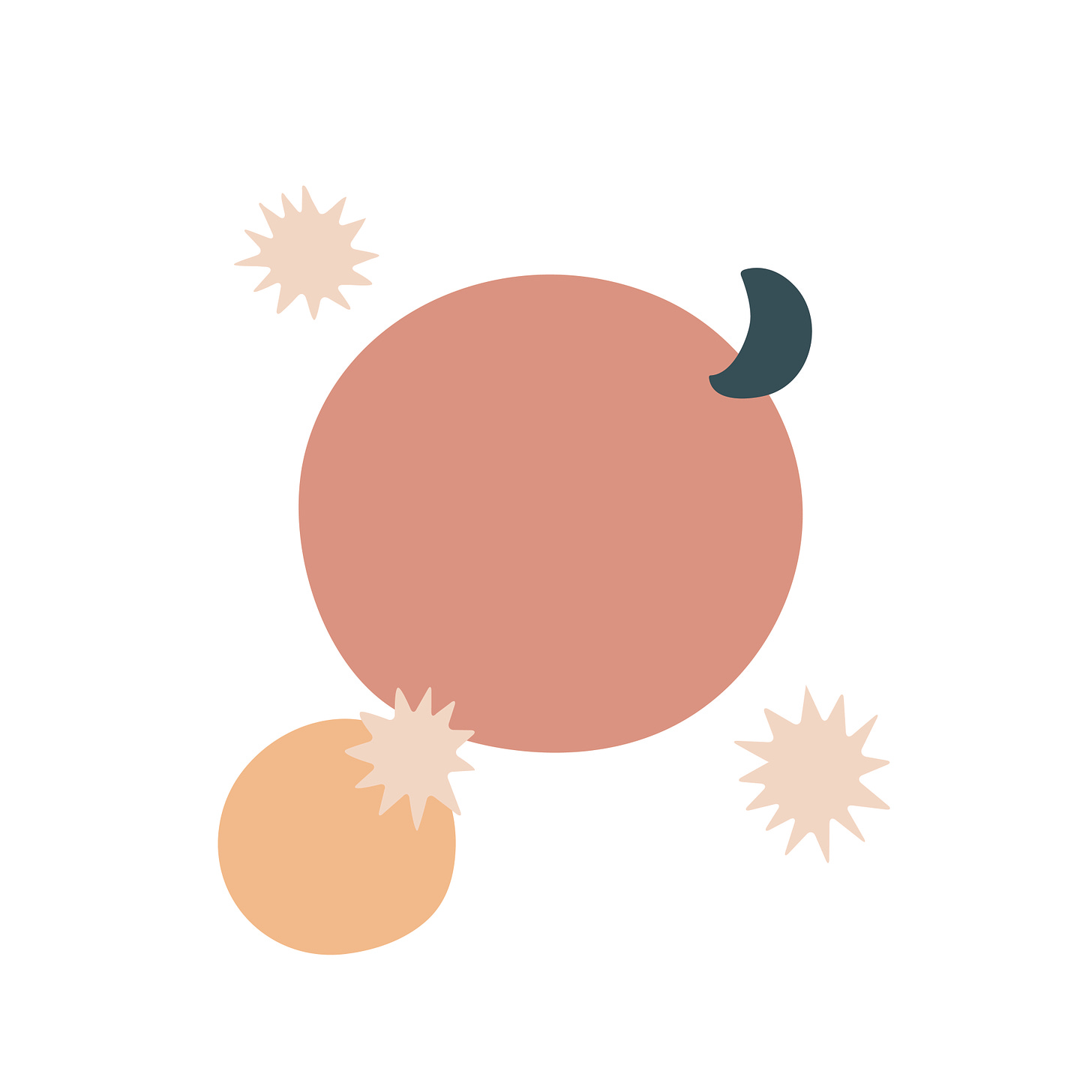
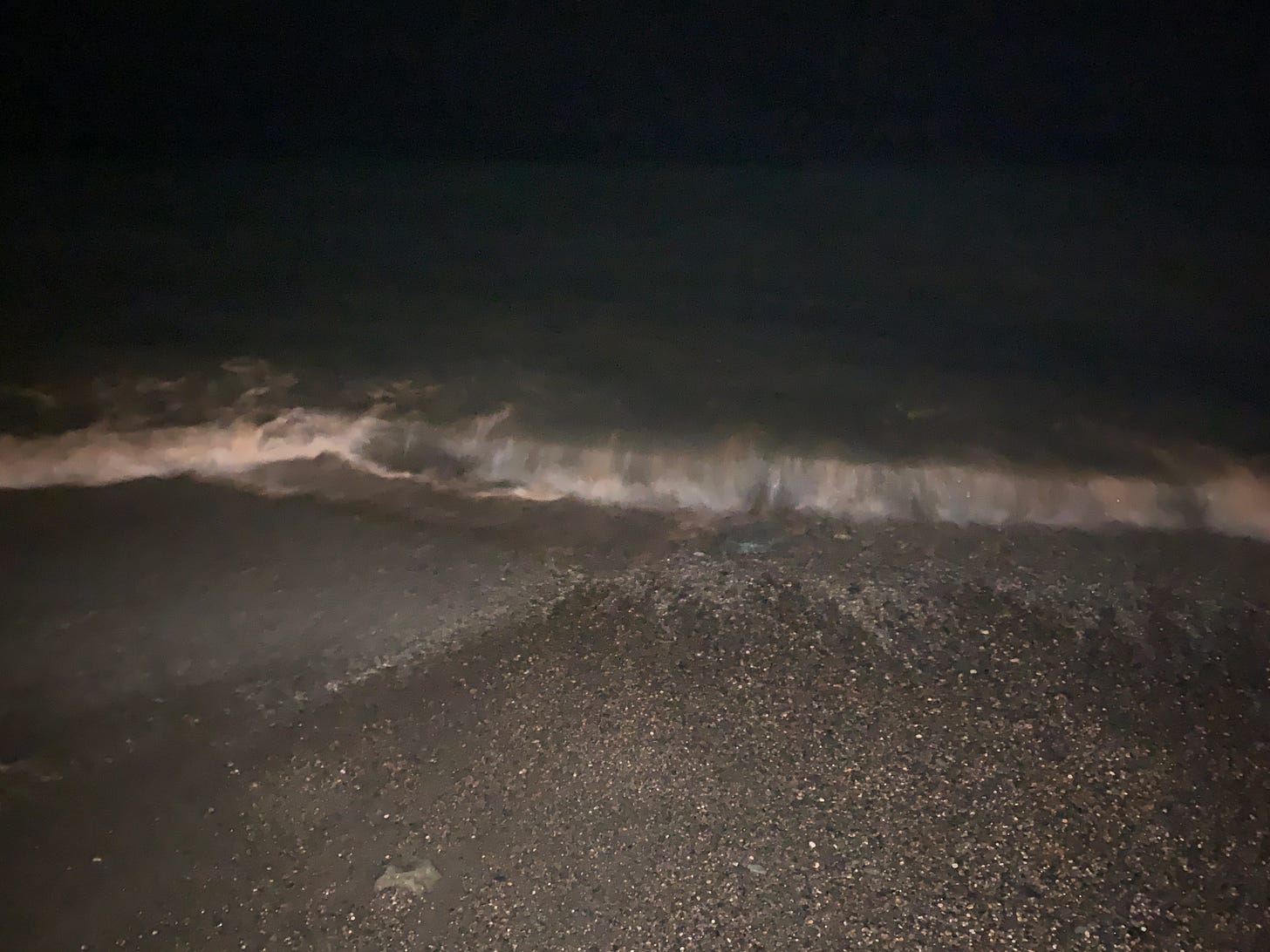
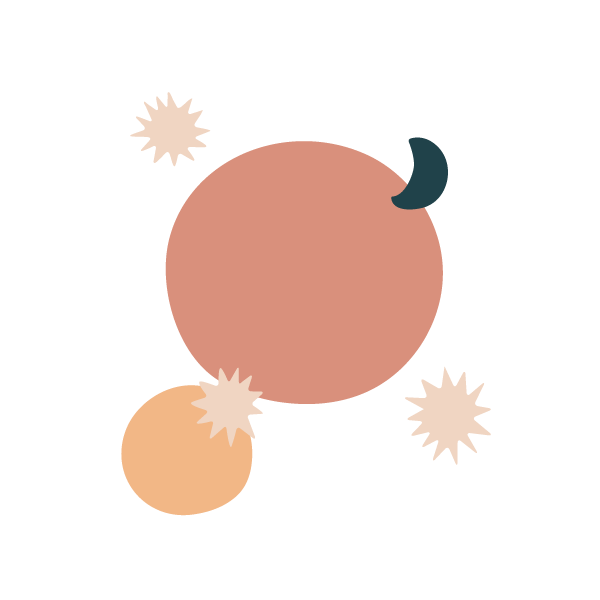
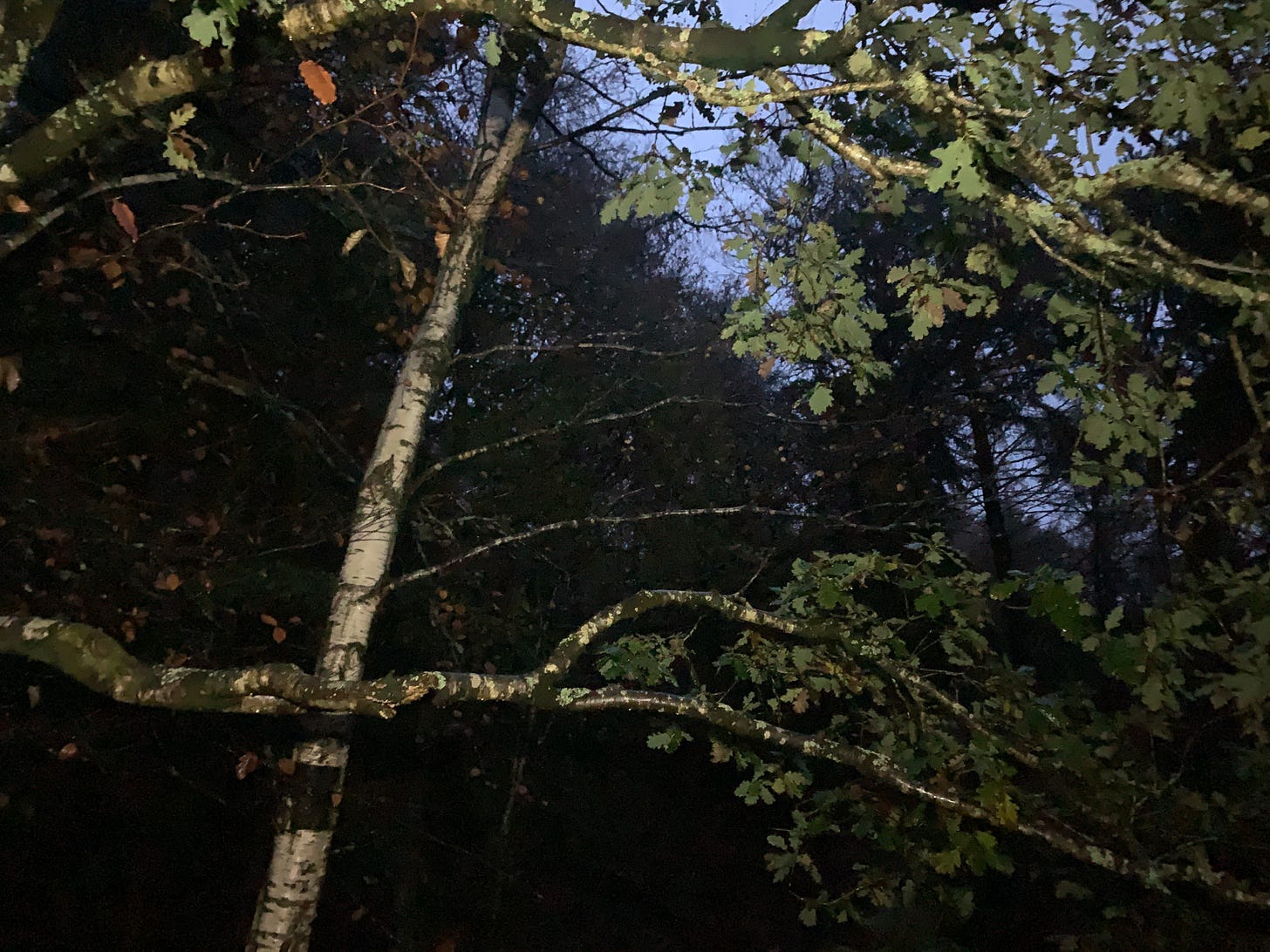
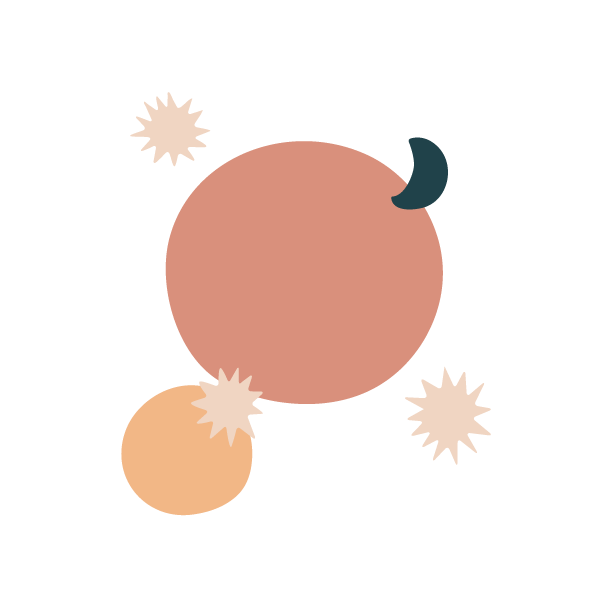
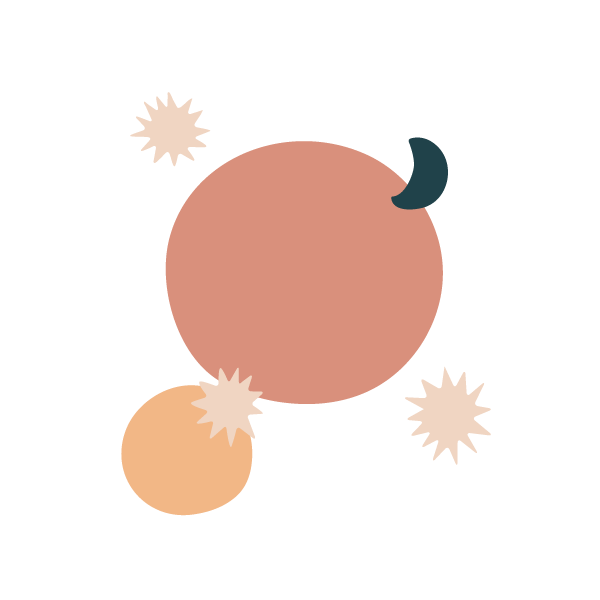
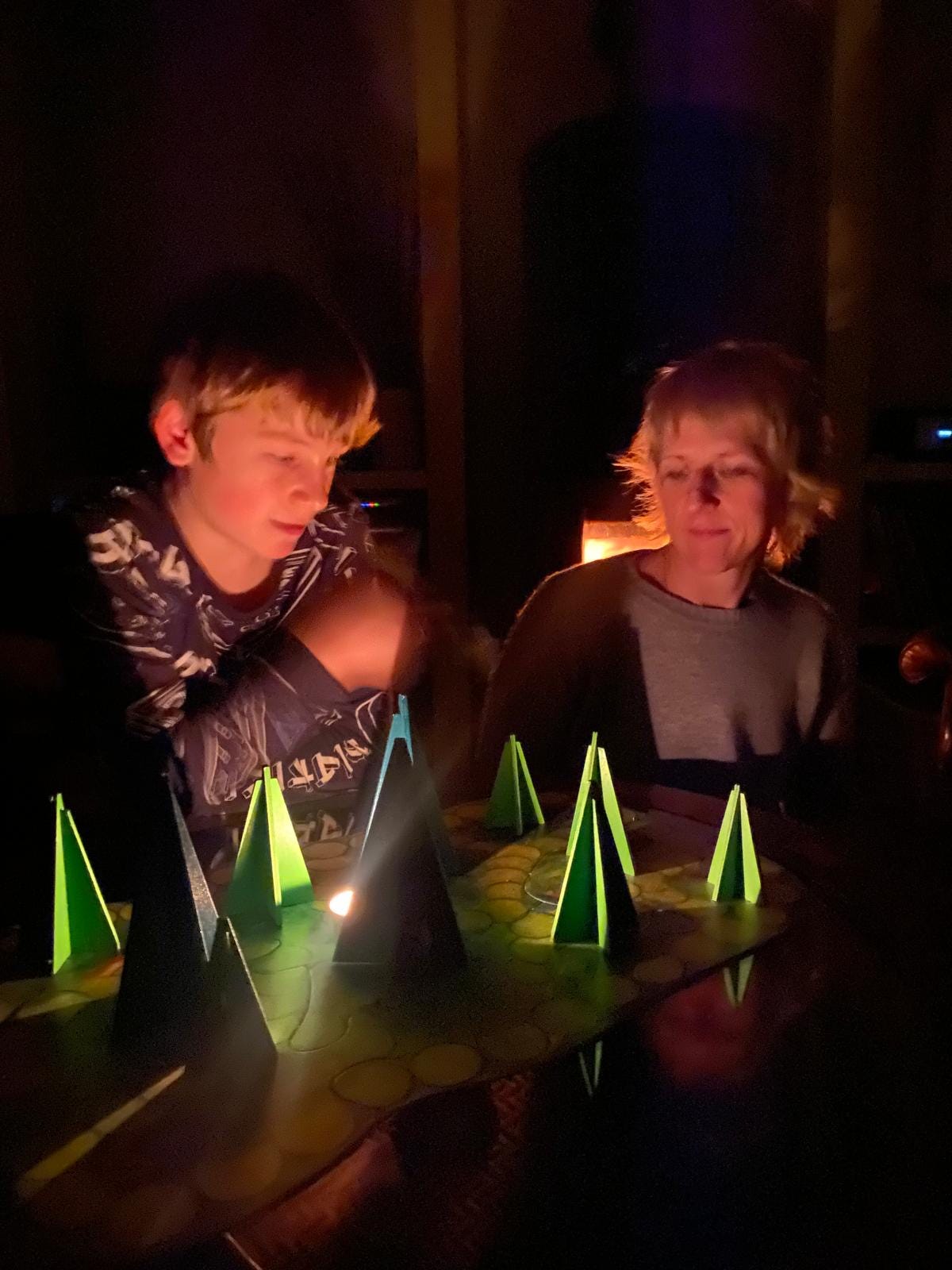
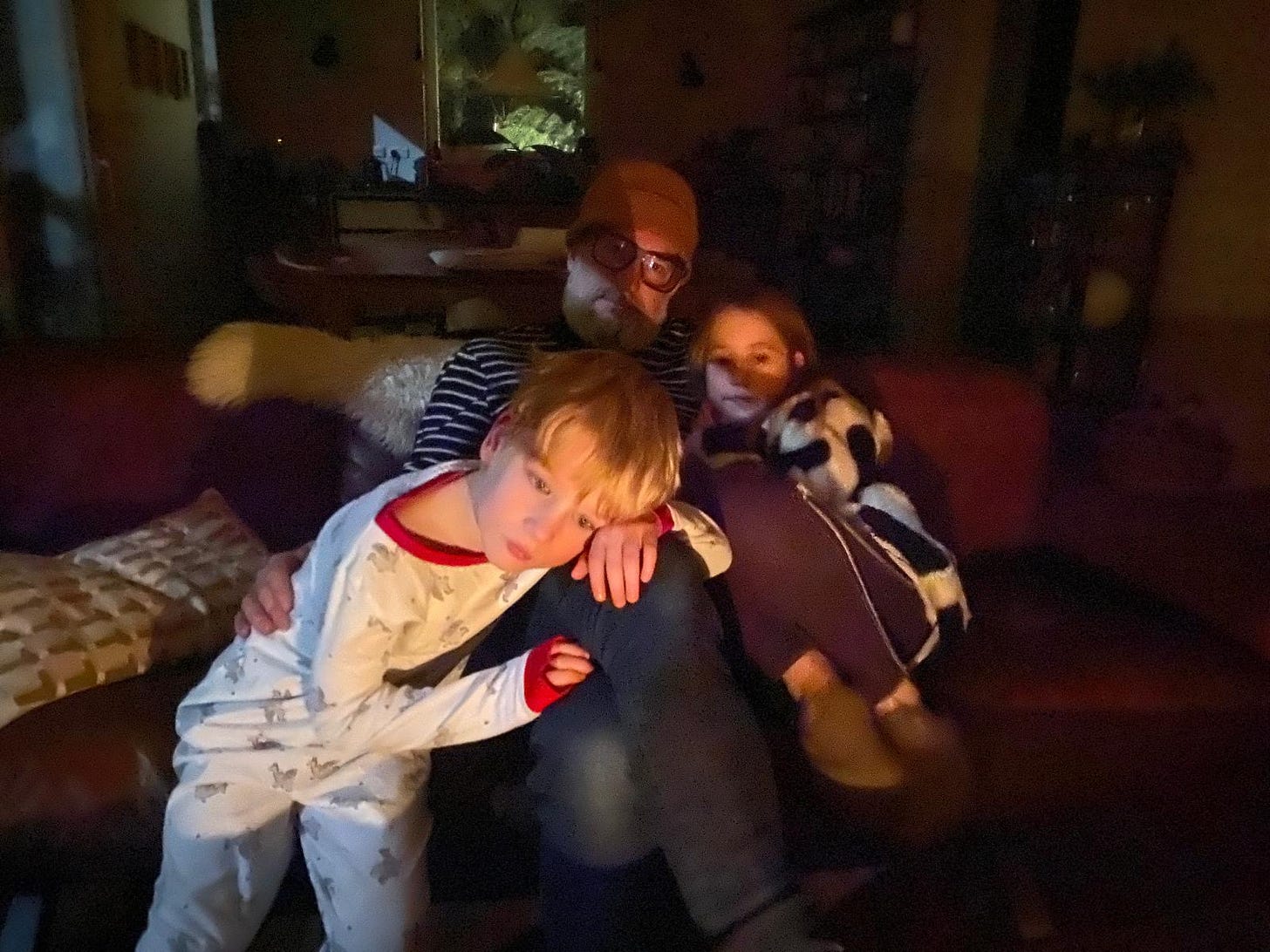
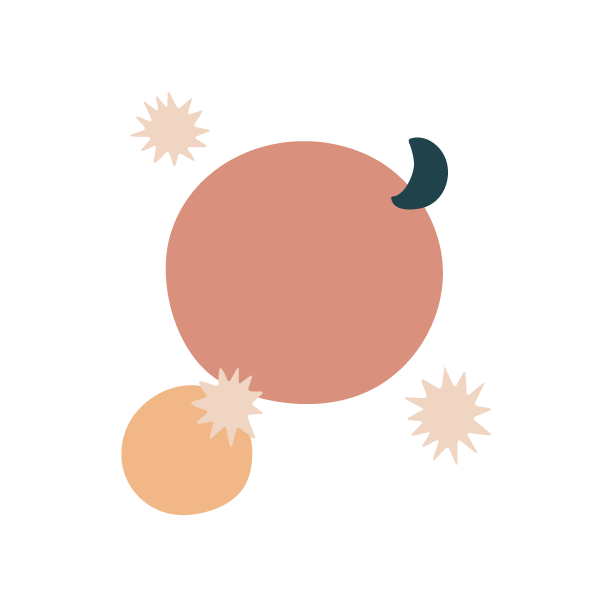
love loved this Layla, unsurprising because it's you and one of my favourite topics! the body as landscape particularly resonated. It made me think of a dark walking experience I know you'd love here in the UK run by my friend Becky - I wrote about it here https://substack.com/home/post/p-142935259?source=queue Afterwards my mum told me about a programme she'd heard with Clare Balding about night walking on the cliffs near Brighton - you can listen here, I really loved it https://www.bbc.co.uk/programmes/m001wqg7
So beautiful Layla thank you. I found your words incredibly evocative and so magical as you are embraced by the dark. I also loved your reflections about the earth and the female body/form. How I long to explore those sacred places in Ireland! I love a lot of what John o’Donohue has to say about the earth and our bodies and the relationship between us (though it is less specific to the feminine) in his Elements book. However it makes total sense to me that we are one with Mother Earth and we can be absorbed by her womb spaces xx